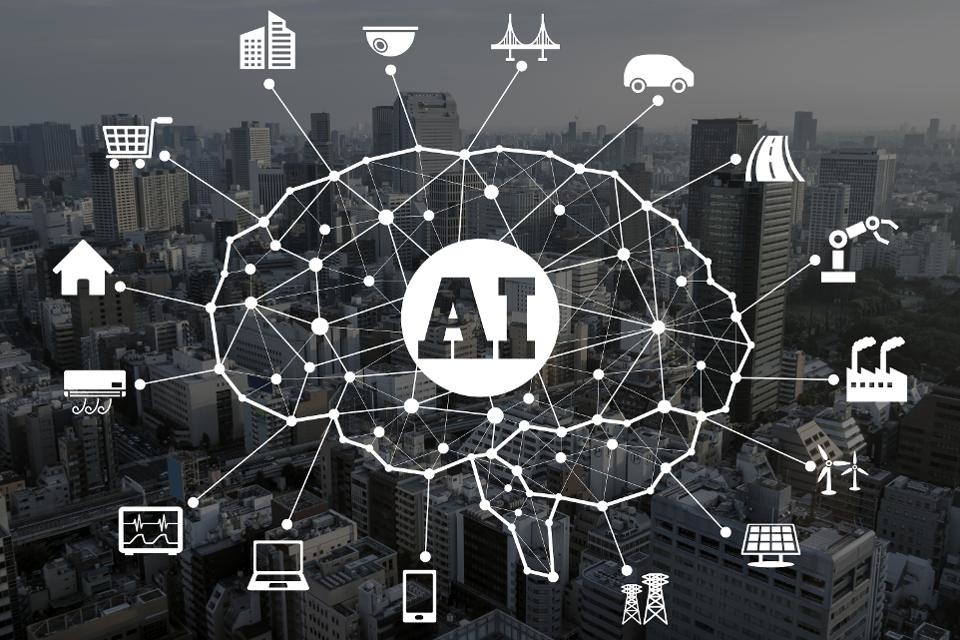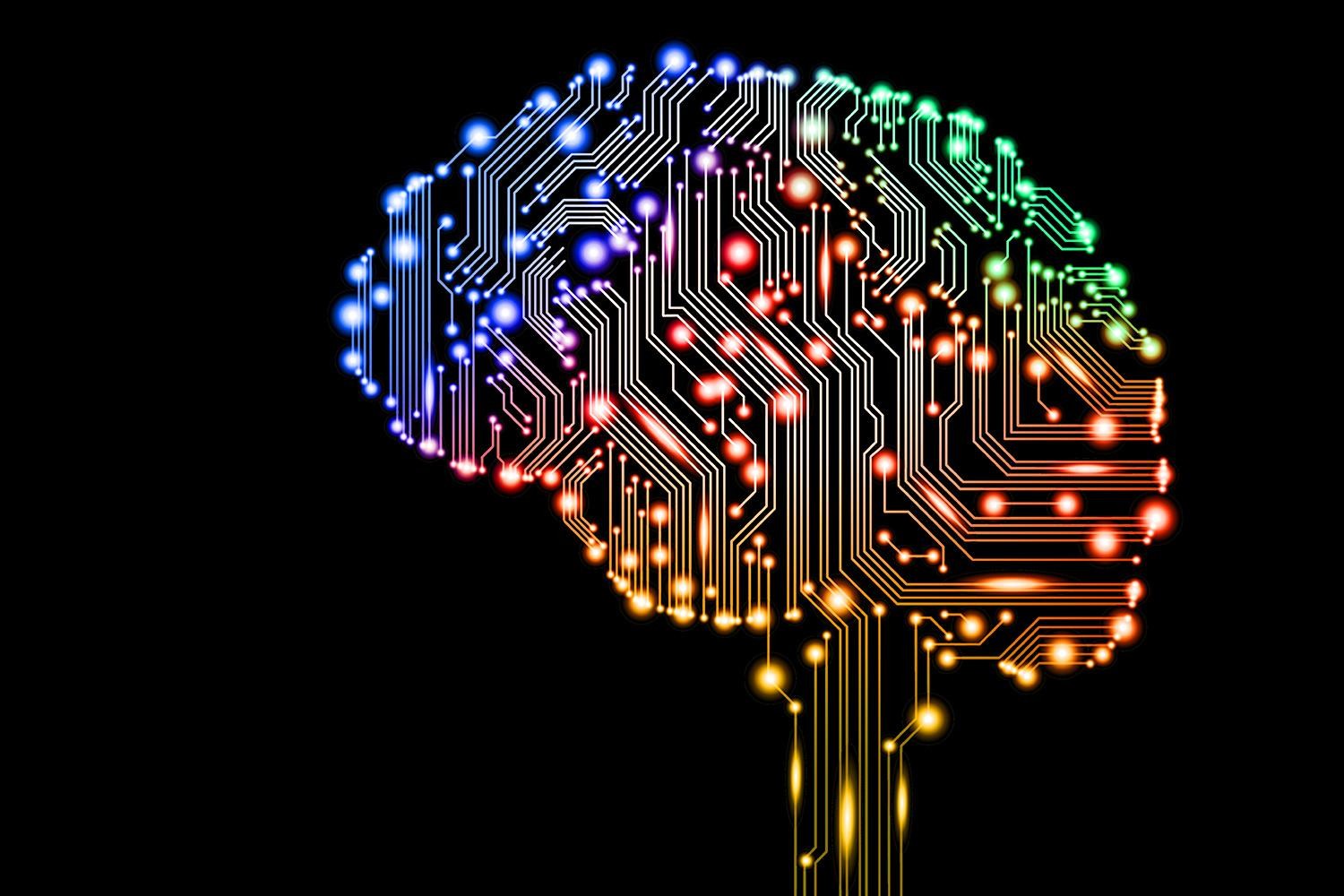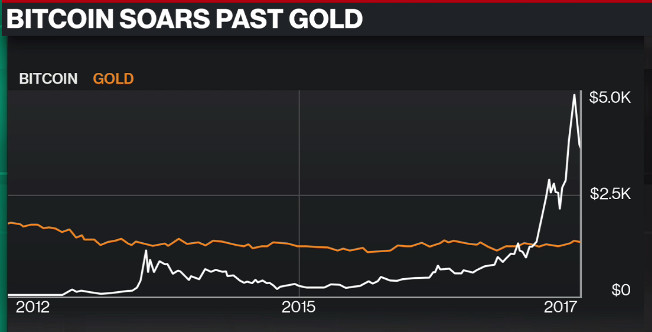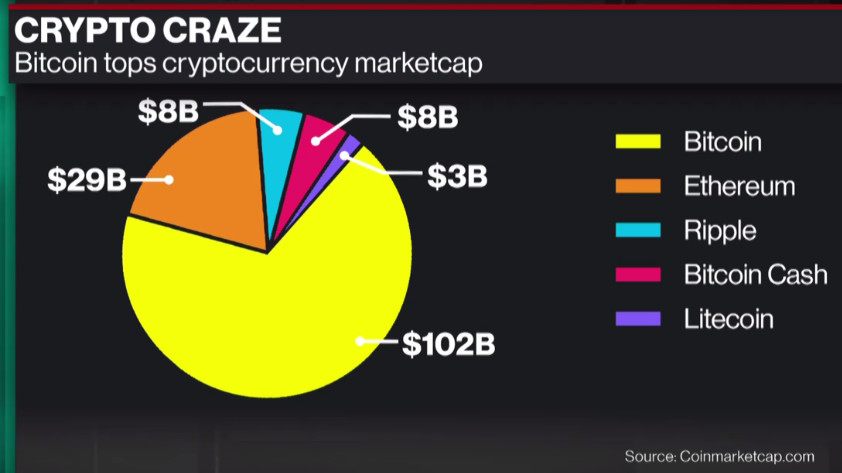Originally published on LinkedIn May 1, 2018
Artificial Intelligence, Machine Learning, Bitcoin and IoT Simplified.
Understandably, deep tech may not be everyone’s cup of tea, nonetheless, it’ll be nice to read the Singularity paragraph at the end. What do terms such as A.I. and Blockchain really mean? Hopefully this article helps in simplifying and clarifying.
If the rate and pace with which the last fifty years changed was surprisingly jaw-dropping, the next 10 will be unbelievably eye-popping. What AI, AR, IoT, Blockchain and Machine Learning will usher in, will make our world as we know it unrecognizable in the next ten to twenty years. In the last three decades, we’ve witnessed a tectonic shift in consumer tech and software innovation. Although it may not feel like that because we live through it daily, to see things clearly; we can compare phones, cars, healthcare advancements and the change will be apparent. The next sea-wave of impending change will only get faster and more dramatic. As Google, Apple, Microsoft and Amazon (G.A.M.A) are the sine qua non of the tech world; AI, IoT, NLP, Chatbots and Machine Learning have emerged as the technologies which will dominate the next decade. Whilst being interviewed at Bloomberg’s Sooner Than You Think conference, Ginni Rometi the CEO of IBM said the decisions of about 1 billion people are being affected by Watson, through its high capacity intelligence decision making skills.
G.A.M.A is an acronym coined by the author of this article. It stands for Google, Apple, Microsoft and Amazon, also known as the four horsemen of global tech.
Since the relevance of robotics vacillates between the Slope of Enlightenment and Plateau of Productivity, it’s not mentioned in the article because (1) It’s hardware (2) It’s been around since the late 50s. It’s now the turn of these new software which are still in their embryonic stages. Their use-cases are numerous. Startups can now leverage Microsoft’s and Google’s API and other opensource resources. Hence, there is a long runway ahead. Media discussions about these new technologies are not just effervescence chat. As they have, they will continue to revolutionize and permeate almost every aspect of our lives.
My grad school finance professor ingrained in me to simplify concepts and explain things as if I were speaking with a 5 year old. I’ll attempt that with the explanations below. Jeremy Iron puts it better in the movie Margin Call listen from 1:11 second. He goes further by saying, “speak as you might to a young child or a Golden Retriever.”
What is Artificial Intelligence (AI)?

Instead of using the text book definition, I’ll try to define it in a simpler way. To understand A.I., think of what we do as humans using speech, conversations memory, visual recognition, decision making etc., next, develop a software which is trained to do the same without human aid. Developers achieve this by training the software, as if they’re teaching a child how to speak and answer simple questions. They feed it with lots of information and scenarios, basic questions and basic answers etc. They integrate the software into different devices to perform that function. A familiar description would be Cortana, Alexa, or Siri on your phone, when you issue a command and receive a response, that whole experience is part of AI. In today’s digital world, in order to provide 24 hour Customer Service and reduce the overhead at call centers, companies are using Chatbot. To know more about the beginnings of AI from its Godfather, watch Geoffrey Hinton. Above image
Regarding AI: 4 quotes I grabbed from the “Future of the Call Center by IBM.” link
(1) “AI is going to change everything.” Seth Godin (2) “AI is the new IT.” Dario Gil, VP of AI and IBM Q (3) “Any AI system gets better with training. It’s a crawl walk run approach.” Michelle Peluso, IBM’s CMO. (4) “Making AI a weapon in your organization, not a toy.” Brian Cantor, Principal Analyst IQPC Customer Management.
What is Machine Learning (ML)?

I define M.L. as when software code learns, understands and then can begin to act on its own, because it has processed or executed tens of millions of scenarios. A tangible example is self driving cars, because the software has been trained to drive a car by itself. Usually with Machine Learning, there are thousands of simulations, and the software keeps learning and engineers keep introducing new obstacles etc. Other good examples are image recognition applications which can recognize and isolate single photos from hundreds of thousands. These are incredibly efficient with a high degree of accuracy. Image credited to CDN Tecnology review
What is Blockchain?
Invented in 2008, Blockchain is a new type of technology with enormous potential. Think of it as a distributed and shared ledger which allows multiple parties to collaborate without fully trusting each other. It’s good at three things (1) Transparency (2) Authenticity (3) Auditing. Think of Blockchain as a database on steroids with infinitely scalable capacity for keeping records which everyone has access to, and can verify. Blockchain is the underlying technology which makes cryptocurrencies possible. Given how big Bitcoin is, and its untapped global potential, it’s just one derivative of Blockchain. Now imagine how big and important Blockchain will be in the ensuing decades. It’s creeping into banking, its use is perfect in mitigating counterfeit drugs (supply chain story), Distributed Asset Trading (Nasdaq is thinking of investors transacting on block-chain). It’s great for Smart Contracts and excellent for election voting veracity.
What is Bitcoin?
Here’s an excellent explanation by Curious Inventor. “It’s a digital file that lists accounts and money like a ledger. A copy of the file is maintained on every computer in the Blockchain network. The numbers don’t represent anything in the physical world. They only have value because people are willing to trade goods and services for a higher number next to their account.” Back to the author; although Bitcoin is the most popular, there are other types of cryptocurrecies e.g., Ethereum and Dash, the full list is here. We’ll start with Bitcoin; “besides being a bubblelicious asset, Bitcoin’s decentralized DNA, and its digitization of the financial industry is gaining momentum. So much so that if the oligopolies which control today’s global financial system do not get on the bus quickly, some might be insolvent, as they become irrelevant. At best, the future of some small banks or financial institutions might be similar to how WhatsApp operates as a free service on phones. That means startups will leverage the infrastructure of these corporations and perhaps, they will be more relevant than the incumbents. Worse case, some financial institutions will be Kodaked, just as Blockbuster lost, and handed the keys of its entertainment kingdom to Netflix. Check out what Laolu is building. It’s Bitcoin meets Netflix as described by Coindesk. From a tech perspective, there’s much more to Ethereum, ton of excitement.

If you missed the Klondike Gold Rush because you weren’t old enough in 1896, this might be the closest thing, except its digital not physical. Instead of digging the earth, you’re mining Bitcoins with a machine. Miners validate transactions on a decentralized basis spread around the world, anyone can mine Digital Gold.
P.S. Since this is a static document, the price of bitcoin and gold will be different from the diagrams.

More about Bitcoin
· To start accepting Bitcoin payments check out BitPay.
· Use it to pay anyone or pay for most things; groceries, cabs and online purchases
· Anonymity and ease of movement makes it easy to move money out of countries
· Lloyd Blankfein doesn’t see Bitcoin as a store of value yet, but Goldman Sachs might start a Bitcoin trading desk.
· Mark Cuban is bullish on Bitcoin/ICOs, he has ownership stake in Mercury Protocol.
· Gold’s market cap is $9 Trillion, Bitcoin is $65 Billion, given the relative liquidity and minability of Bitcoin vis a vis gold, its trajectory will definitely grow upward.
What is Internet of Things (IoT)?
Just like our smart phones, today’s devices are intelligent. IoT is when our devices are connected to an external database (controlled by the device manufacturer) capturing and reporting data back to that central database. The central brain or database can talk to and (connect to individual devices to shut down, reboot, or update new software. Trillions of data points are captured, stored and analyzed which gives rise to Big Data; which is a way of analyzing a lot of information in a short time by powerful computing. For more on IoT, stay tuned or follow me for an article about it. “Gartner said that IoT product and service suppliers will generate incremental revenue exceeding $300 billion, mostly in services, in 2020. It will result in $1.9 trillion in global economic value-add through sales into diverse end markets.” Although I mentioned AR, NLP and Chatbot at the beginning of the article, I didn’t explain them, or didn’t go into detail because I feel most people know or have heard of them already. If not, please click on each acronym for its meaning.
Singularity
Since we’re talking about the next decade of tech, it’s important to ask, could we reach the point of Singularity? Fear mongers claim it’s the point when computers are intelligent enough to take over humans. The way Ray Kurzwell explains it no. The way Michio Kaku and other fear mongers explain it yes. I politely disagree, and think Michio’s way is fundamentally impossible because of the inherent ways computers operate. Simple explanation; computers require a manual click, voice/sight command or a programmed command to execute. Although, software code could be written to shutdown, infiltrate or override normal operations, as was the case with Stuxnet or WannaCry. That is not the definition of computers taking over, the computer didn’t write the code by itself or choose a target, humans were involved. Things could malfunction and change who knows. You don’t have to believe me; listen to IBM Watson’s CTO & VP Rob High via his protégé Tanmay Bakshi. Listen from the beginning to about 4 mins to assure humanity’s safety. Listen to Juergen Schmidhuber from 10:48 sec an expert who’s been working on it for over 30 years. AI setting their own goals and being problem solvers could be what fear mongers are misrepresenting and blowing out of proportion for hype and fame purpose.
Quantum Computing
This article needn’t be longer than it is. You can watch this video which explains it. What does Quantum Computing (QC) have to do with all this? It’s the mother-load of the entire discussion. IoT wants to connect all the devices in the world. AI wants to make them smarter, Machine Learning wants to interpret everything, Blockchain wants to create an open source record for everything, and Chatbots will try their best to be your BFF. As IoT creates tens and hundreds of billions on nodes, and big data is generated, how do we analyze the information efficiently and speedily? The answer is Quantum Computing.
Cloud Computing Vs. Edge Computing
For the past few years everyone has been talking about Cloud Computing which is simply computing power on a pay as you need basis. It makes it cheaper and more economically for big and small companies alike to operate evenly, or scale without increasing their computing spend too much. However, as Cloud Computing is just entering, a new paradigm is also burgeoning. It’s called Edge computing, and it will be a huge winner for HPE, as well as GE and others. IoT is the main reason for Edge. Contrary to the way it’s made to seem, Edge is not taking over Cloud, they have two distinct functions.




